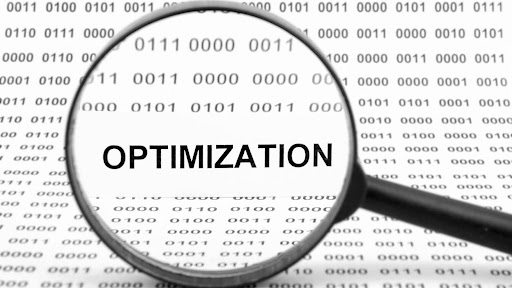In today’s visually driven digital landscape, the power of imagery in marketing cannot be overstated. Whether it’s a social post, an email campaign, or a product page, visuals often determine how quickly, and how deeply, audiences connect with your brand. High-quality, well-optimized images not only capture attention but also build trust and improve overall user experience.
Every pixel tells a story, but large or poorly optimized files can slow that story down. By refining your visuals for speed and clarity, you create seamless, enjoyable experiences that boost engagement and conversion rates. In this guide, we’ll explore the art and science of image optimization, and how compressing images with online tools can empower marketers and creators to enhance performance without compromising on quality.
Understanding Image Optimization
The Importance of High-Quality Images
In a world where first impressions matter immensely, high-quality images serve as the backbone of our visual content. Not only do striking images attract attention, but they also convey professionalism and reliability, qualities that nurture trust with our audiences. Research indicates that articles featuring images receive 94% more views than those without, signifying the critical role of quality visuals in enhancing engagement.
Factors Influencing Image Quality
Several factors influence the overall quality of images. These include resolution, composition, and lighting. High resolution ensures that images remain sharp and detailed, even when stretched across various screen sizes. Also, the composition of an image can drastically affect how it’s perceived, images with thoughtful layouts and natural lighting tend to perform better in terms of audience engagement.
Techniques for Effective Image Optimization
Compression and File Formats
We must understand that large image files can slow down our webpage loading time, which can adversely affect user experience. Utilizing the right compression techniques ensures that our images maintain quality without sacrificing performance. For instance, using JPEG for photographs and PNG for images requiring transparency can deliver an optimal balance of visuals and loading speed.
Responsive Images for All Devices
Given the wide array of devices used to access our content, it’s crucial to use responsive images that can adapt to different screen sizes. Utilizing techniques like the <picture> tag and srcset attributes allows us to serve the appropriate image size, ensuring that our visuals are crisp and clear, regardless of the device. This approach not only improves user experience but also positively impacts our SEO.
SEO Ideal Practices for Images

Alt Text and Descriptions
Alt text is a powerful tool that not only aids in accessibility but also offers an SEO boost. By including descriptive alt text for each image, we not only provide context to our visuals but also enable search engines to index our images appropriately. This can lead to increased visibility in image search results, thereby driving more traffic to our content.
Structured Data Markup
Incorporating structured data markup for images can enhance their visibility in search engines. By using schema.org markup, we signal to search engines the context of our images, potentially giving us an edge in search results. Implementing these techniques could eventually lead to featured snippets or rich results, amplifying our content reach.
Measuring the Impact of Image Optimization
Analyzing Engagement Metrics
We need to continuously analyze engagement metrics to understand the effectiveness of our image optimization efforts. Tools like Google Analytics enable us to track user behavior on our pages, allowing us to see how images influence time on site, click-through rates, and bounce rates. A well-optimized image strategy can significantly enhance these metrics, indicating that we are resonating with our audience effectively.
Tracking Conversion Rates
Eventually, the goal of our marketing strategies is conversion. Tracking conversion rates in relation to image performance can uncover valuable insights. By A/B testing different images, we can determine which visuals lead to higher conversion rates and adjust our strategies accordingly.

This iterative approach not only refines our image optimization techniques but also enhances overall marketing performance. For comprehensive insights on visual content strategies, check out this resource from HubSpot.


